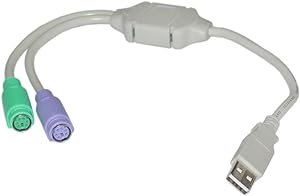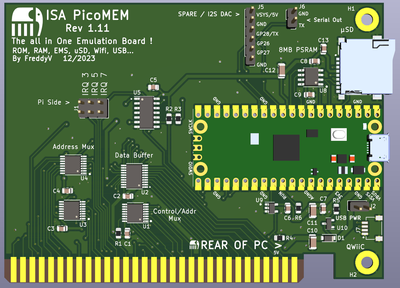Reply 60 of 130, by polpo
- Rank
- Member
To dial back the snark a bit, the reason there’s an obsession with the Pico is many-fold. Nothing else combines the price, availability (these retro projects were started when the chip shortage was much worse), speed (overclockability of the RP2040 is legendary), interfacing ability of PIO, peripheral set, quality of SDK and developer tooling, and active community of the Pico and RP2040.
And the claim that the Pico can barely keep up with ISA is incorrect. The PicoMEM can simultaneously emulate RAM, HDD faster than XTIDE, and an NE2000. Not sure how that qualifies as “barely.”

